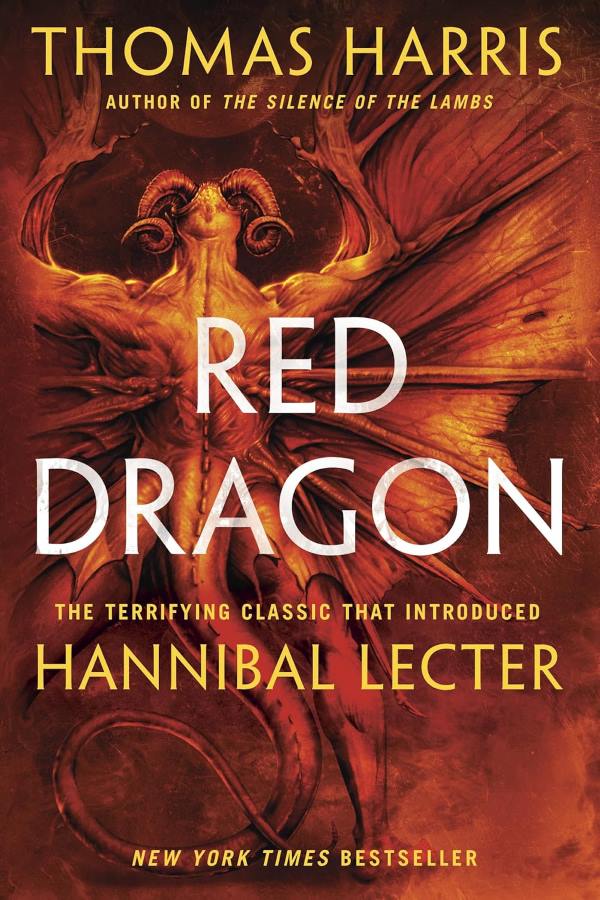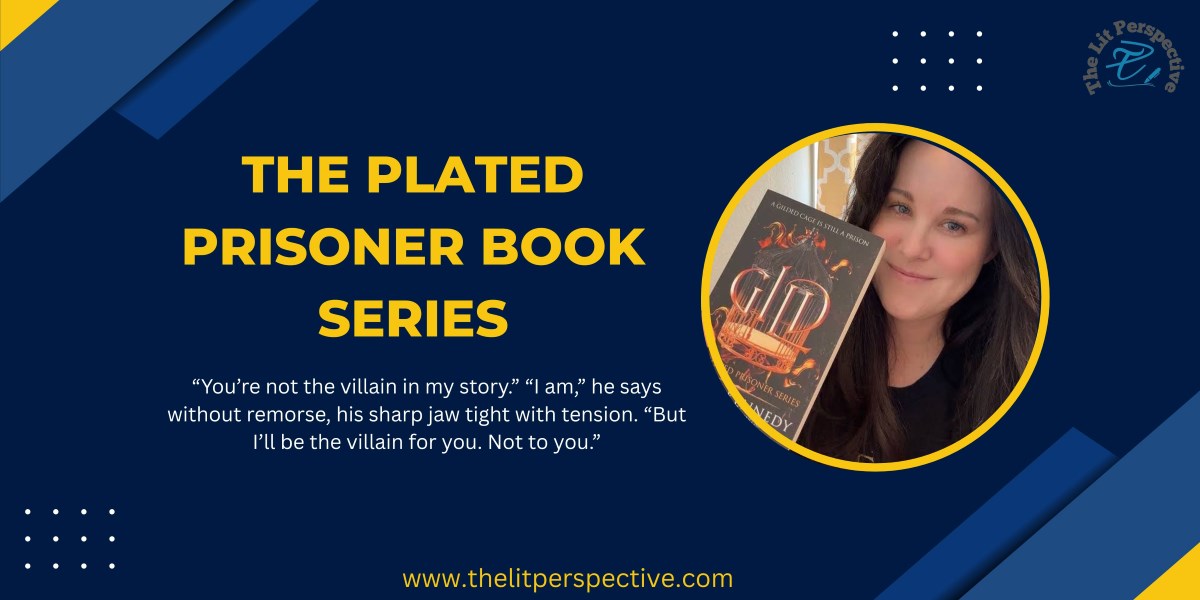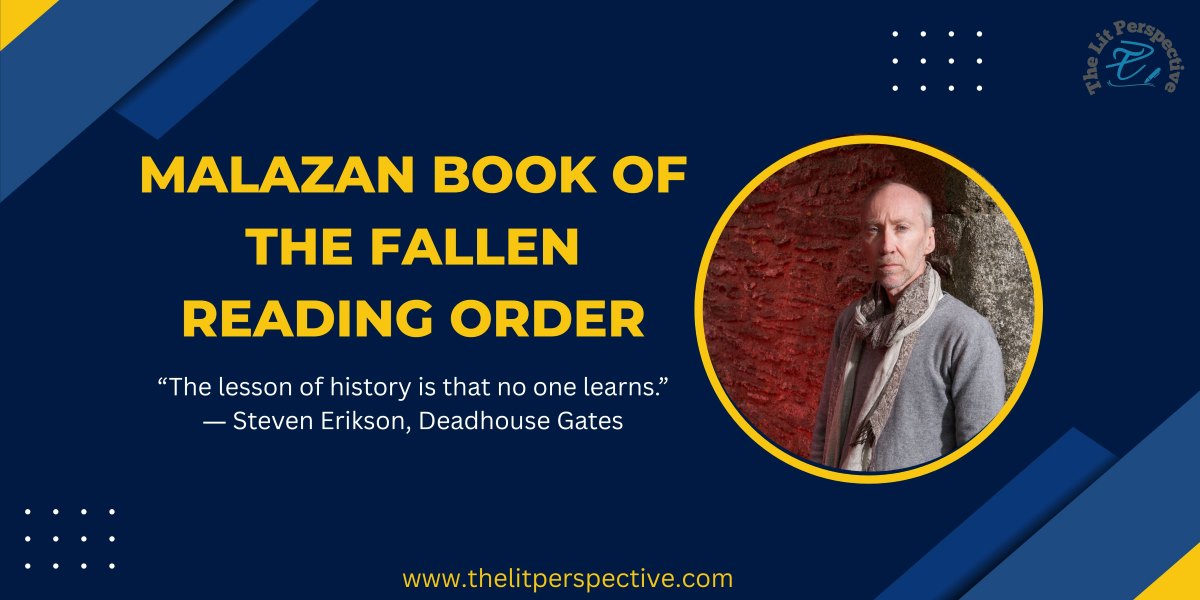TheLitPerspective is your one-stop shop for everything that ignites the spark of curiosity within you.

The Silence of the Lambs Book Series
The Silence of the Lambs is not just a singular masterpiece but part of a gripping, psychologically complex book series created by Thomas Harris.
This series, revolving around the infamous Hannibal Lecter, dives into the darkest corners of the human mind. Through intense suspense and deeply unsettling characters, Harris crafted a narrative that revolutionized the thriller genre.
The books explore the chilling mind of Dr. Hannibal Lecter, a brilliant psychiatrist and cannibalistic serial killer, as well as the courageous law enforcement agents trying to stop him. At the center of this universe is Clarice Starling, an FBI trainee with a sharp mind and determination, who engages in a perilous cat-and-mouse game with Lecter.
The Origins of The Silence of the Lambs
Originally published in 1988, The Silence of the Lambs is the second book in the Hannibal Lecter series but arguably the most well-known. It followed Red Dragon (1981), the novel that first introduced Lecter. Harris’s style of blending crime, psychology, and horror brought a fresh perspective to the thriller genre, setting the stage for the enormous success of The Silence of the Lambs.
The Hannibal Lecter Saga: A Book Series Overview
Harris’s Lecter series is composed of four novels:
Red Dragon (1981

Will Graham, a former FBI profiler, is drawn out of retirement to catch the “Tooth Fairy,” a serial killer terrorizing families. To understand the killer’s mind, he reluctantly seeks help from Dr. Hannibal Lecter, the cannibalistic psychiatrist he once captured. Their complex relationship unfolds as Graham confronts his past traumas.
The Silence of the Lambs (1988

FBI trainee Clarice Starling must enlist the help of imprisoned Dr. Hannibal Lecter to apprehend another serial killer, Buffalo Bill. As she navigates Lecter’s manipulative psyche, Starling faces her own demons, leading to a psychological battle that intertwines their fates in chilling ways.
Hannibal (1999)

Set seven years after The Silence of the Lambs, this novel follows Clarice Starling as she deals with the aftermath of her encounter with Lecter. Now a fugitive, Lecter re-enters Starling’s life, leading her into a dangerous game of cat and mouse filled with obsession and moral ambiguity.
Hannibal Rising (2006)

This prequel explores the early life of Hannibal Lecter, detailing his traumatic childhood in war-torn Europe. Witnessing horrific events shapes him into the infamous killer he becomes. The novel delves into the origins of his cannibalistic tendencies and the psychological scars that drive his actions.
Each book delves into the psychological complexities of Lecter and the people drawn into his orbit.
Plot Summary of The Silence of the Lambs
The plot of The Silence of the Lambs centers around Clarice Starling, an FBI trainee, who is assigned to interview Hannibal Lecter in an attempt to gain insight into an active serial killer case. Buffalo Bill, the killer in question, is kidnapping and murdering women across the country. Starling must rely on Lecter’s knowledge to crack the case, but Lecter uses the situation to manipulate those around him, engaging in a twisted mind game with Clarice.
While hunting Buffalo Bill, the relationship between Starling and Lecter grows more complex. Lecter helps Starling because he finds her intriguing, but his assistance comes with psychological tests, forcing her to reveal personal vulnerabilities. The tension between these two characters fuels much of the novel’s suspense.
Key Themes in The Silence of the Lambs
The novel is rich with themes of psychological horror, manipulation, and the nature of evil. One of the central themes is the predator-prey dynamic, not just between Buffalo Bill and his victims, but also between Lecter and Starling. There’s an ongoing exploration of power, as Lecter uses his intellect to control those around him even while imprisoned.
Harris also delves into identity and transformation, most notably with Buffalo Bill, who struggles with his own sense of self and expresses this through violent, grotesque means. The novel touches on fear, both personal and societal, as Starling battles her internal fears and the external terror posed by Buffalo Bill.
Character Development in the Series
The series is lauded for its deep and evolving character portrayals. Clarice Starling grows from a determined but inexperienced FBI trainee into a seasoned, resilient investigator. Her journey is marked by both professional and personal growth, influenced heavily by her interactions with Lecter.
On the other hand, Hannibal Lecter is a character defined by his contradictions. He is cultured, intelligent, and courteous, yet also a remorseless killer. His charm and intellect make him a fascinating character, as readers grapple with their simultaneous revulsion and admiration for him.
Buffalo Bill, though less central than Lecter, is also an example of Harris’s intricate character crafting. As a serial killer, his motivations and psychological torment offer another layer of complexity to the narrative.
The Complex Relationship Between Clarice Starling and Hannibal Lecter
What makes The Silence of the Lambs particularly intriguing is the tension-filled relationship between Starling and Lecter. Lecter sees something special in Starling and manipulates her to satisfy his own curiosity, while Starling uses Lecter’s insights to hunt down Buffalo Bill. Despite their vastly different moral compasses, a mutual respect develops between them, adding a complex layer to their interactions.
Influence of Real-Life Cases on The Silence of the Lambs
Many elements of The Silence of the Lambs draw inspiration from real-life events. Buffalo Bill, for example, is thought to be loosely based on notorious killers like Ted Bundy and Ed Gein. The FBI profiling techniques showcased in the book also reflect real investigative strategies, adding a sense of authenticity to the fiction.
The Evolution of Hannibal Lecter Throughout the Series
Hannibal Lecter’s character evolves significantly throughout the four books. In Red Dragon, he is an enigmatic background figure, but by the time we reach Hannibal, his role is central, and his complex psychological makeup is more fully explored. Hannibal Rising offers readers insight into his traumatic past, shedding light on how he became the person he is.
Psychological Analysis of Hannibal Lecter
Hannibal Lecter is a character that fascinates psychologists and readers alike. His blend of genius-level intellect and cold-blooded violence is a rare combination, and Harris offers just enough insight into his mind to keep him mysterious. His ability to manipulate others, combined with his moral detachment, makes him a classic representation of psychopathy.
Impact of The Silence of the Lambs on Popular Culture
The success of the 1991 film adaptation of The Silence of the Lambs, starring Jodie Foster and Anthony Hopkins, cemented Lecter as a cultural icon. The film won multiple Academy Awards, including Best Picture, and Lecter’s chilling persona became one of the most recognized in cinematic history.
Differences Between the Books and Their Film Adaptations
Though the film adaptation is close to the novel, certain differences stand out. Some characters are given less screen time, and small plot changes were made to streamline the narrative. Despite these changes, the film remains faithful to the novel’s core themes and relationships.
Criticism and Controversy Surrounding the Series
Despite its acclaim, the series has faced criticism, particularly around its depictions of violence and its portrayal of transgender characters in The Silence of the Lambs. Buffalo Bill’s struggle with identity sparked discussions about the portrayal of transgender individuals in media, with some critics arguing that it reinforced harmful stereotypes.
Legacy of The Silence of the Lambs Series
The series’ legacy is undeniable. Its influence can be seen in many modern crime thrillers, and Hannibal Lecter remains one of the most iconic villains in literary and film history. The novels continue to be read and discussed by fans of psychological horror and crime fiction.
Takeaways
The Silence of the Lambs series offers an unforgettable journey into the minds of both predators and those who hunt them. With complex characters, psychological depth, and a thrilling narrative, it’s no surprise that these books remain classics in their genre.
FAQs
1. Is The Silence of the Lambs a stand-alone novel?
No, it is the second book in the Hannibal Lecter series but can be read independently.
2. Who wrote the Hannibal Lecter series?
The series was written by Thomas Harris, an American author known for his psychological thrillers.
3. How many books are in the Hannibal Lecter series?
There are four books in the series: Red Dragon, The Silence of the Lambs, Hannibal, and Hannibal Rising.
4. What makes Hannibal Lecter such an iconic character?
His combination of charm, intelligence, and brutality creates a fascinating and terrifying antagonist.
5. How does the movie compare to the book The Silence of the Lambs?
The movie stays faithful to the book’s main plot and themes but simplifies some elements for cinematic pacing.
Other book Series to Read on
TheLitPerspective is your one-stop shop for everything that ignites the spark of curiosity within you.



